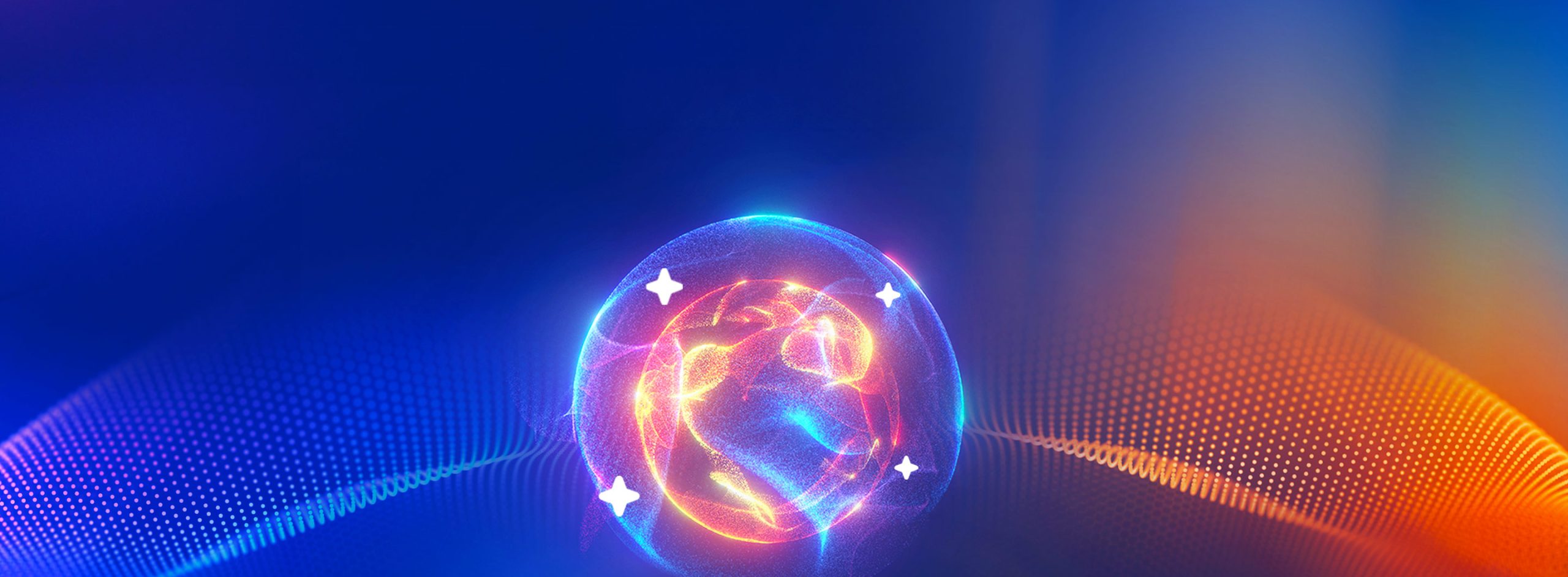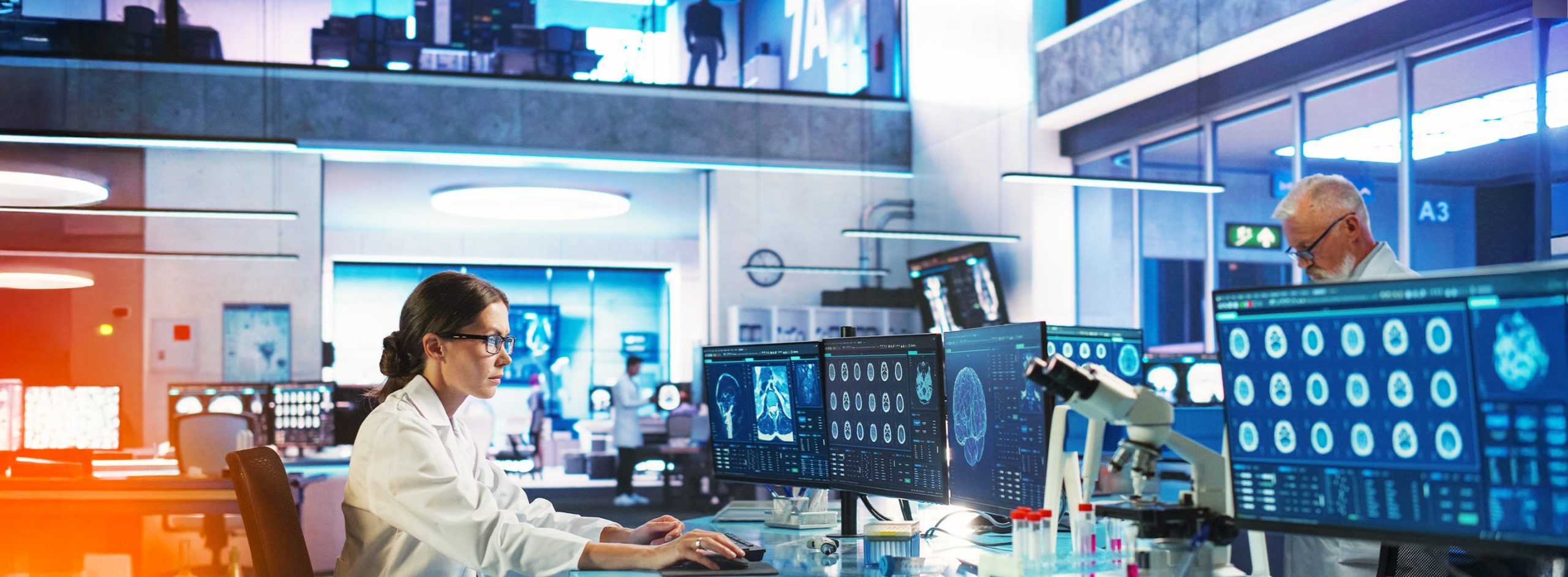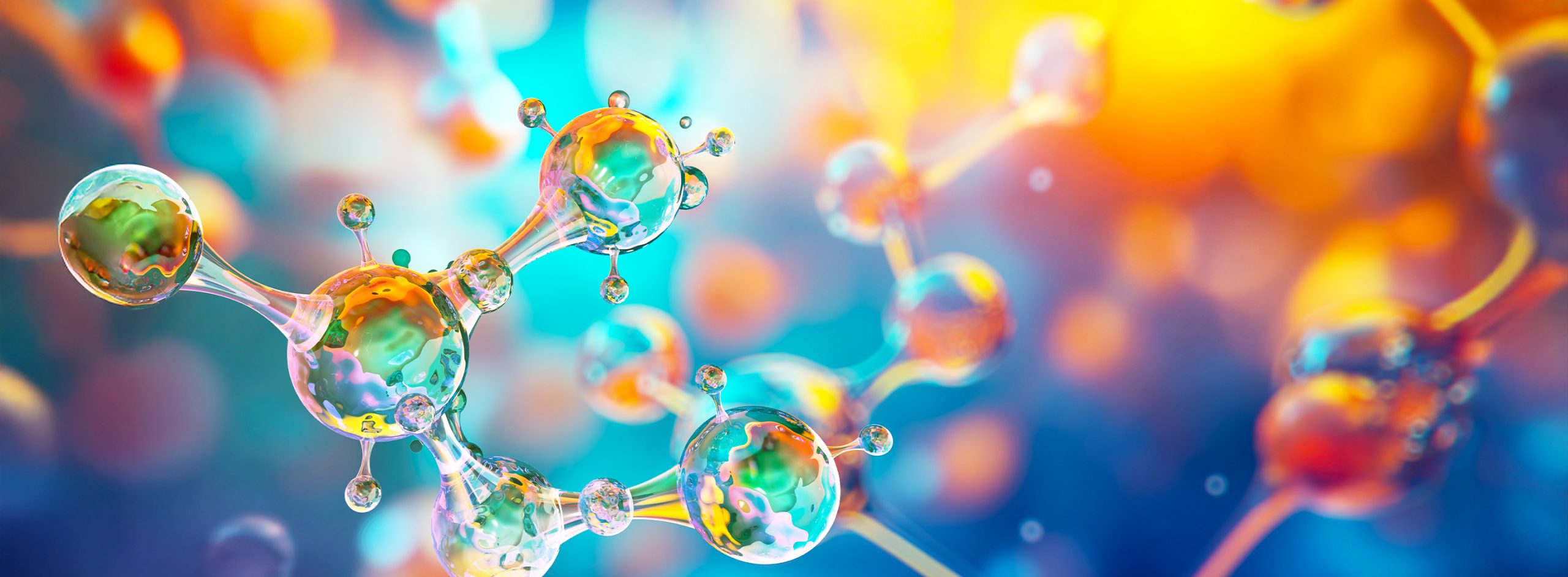Big Data Analytics could have caught Papa before he fell…
He was 73. High in spirits and spritely. That day he received a call from a business acquaintance, and on his two-wheeler scooter he left for the meeting. Never to return. A long time diabetes patient he had not recognized the signs of an impending heart attack. As with most diabetic patients the symptoms had been unusual, not those that would normally be associated with a heart attack. Since then, I’ve asked myself, could these symptoms have been recognized by a wearable smart device, and been analyzed to alert him or us to rush to a hospital? Could proactive health monitoring and intervention have saved the day?
While I’m not sure about the answer to that, three technology trends together have the promise of solving the problem of delayed identification of deteriorating health – physiological sensor technology, smart applications on mobile phones, and big data analytics all built on the foundation of liquid medical data. (Bates DW, Zimlichman E. BMJ Qual Saf 2015;24:1–3)
It started with the digitization of health care data. Years of research data and development data from pharmaceutical companies and digitized patient records from payers (insurance companies) and providers (hospitals, doctors, care providers) were aggregated into medical databases. Technological advances and progress on agreements for data exchange protocols made it easier to collect data from multiple sources and analyze it. A 2015 statistic by the US HealthIT.govshowed that 97% of acute care hospitals and 83% physicians adopted electronic medical records (EMR). Kaiser Permanente, a California based healthcare network with 9 million members has shown how EMR can help doctors keep patients healthy when used part of an integrated care delivery system.
When this treasure trove of data was made available, big data scientists found an opportunity to mine the data to improve care, save lives and lower costs. They are finding improvement potential for big data analytics in healthcare across the healthcare spectrum. From reactive analytics like analyzing patient characteristics to identifying the most effective treatments to predictive analytics like proactively identifying signals and aiding disease identification and prevention.
The second pillar of the technology trio is using physiological sensors to enable proactive monitoring. Can that smart watch detect the unexplained fatigue? Can the app on the mobile detect the slur in speech? Different types of physiological sensors have become a part of everyday life and while a staggering array of these devices is available, developing simple-to-use, unobtrusive, accurate and secure sensors is key to providing real-time interventions for patients. Today we have smart wearable watches, fitness trackers, sensors that are built into the fabric of clothes, and devices that sit under the mattress and continuously detect physiological signals like CO2 emissions. These sensors coupled with external processing units like computers or mobile devices for converting this data into classified events using pattern recognition and machine learning algorithms and in turn alerting the patient or caregiver will reduce adverse incidents.
Mobile applications constitute a key part of this triple revolution. In addition to facilitating rapid communication, they can be used as data consumption tools and even have basic analytical capabilities inbuilt in the application to locally detect certain conditions.
While nothing can bring Papa back, there is a glimmer of hope that technology will positively change adverse outcomes.
Find more content about
Mobile Apps (2) big data analytics (3) healthcare information technology (2) EMR (2) Predictive Analytics (1)






